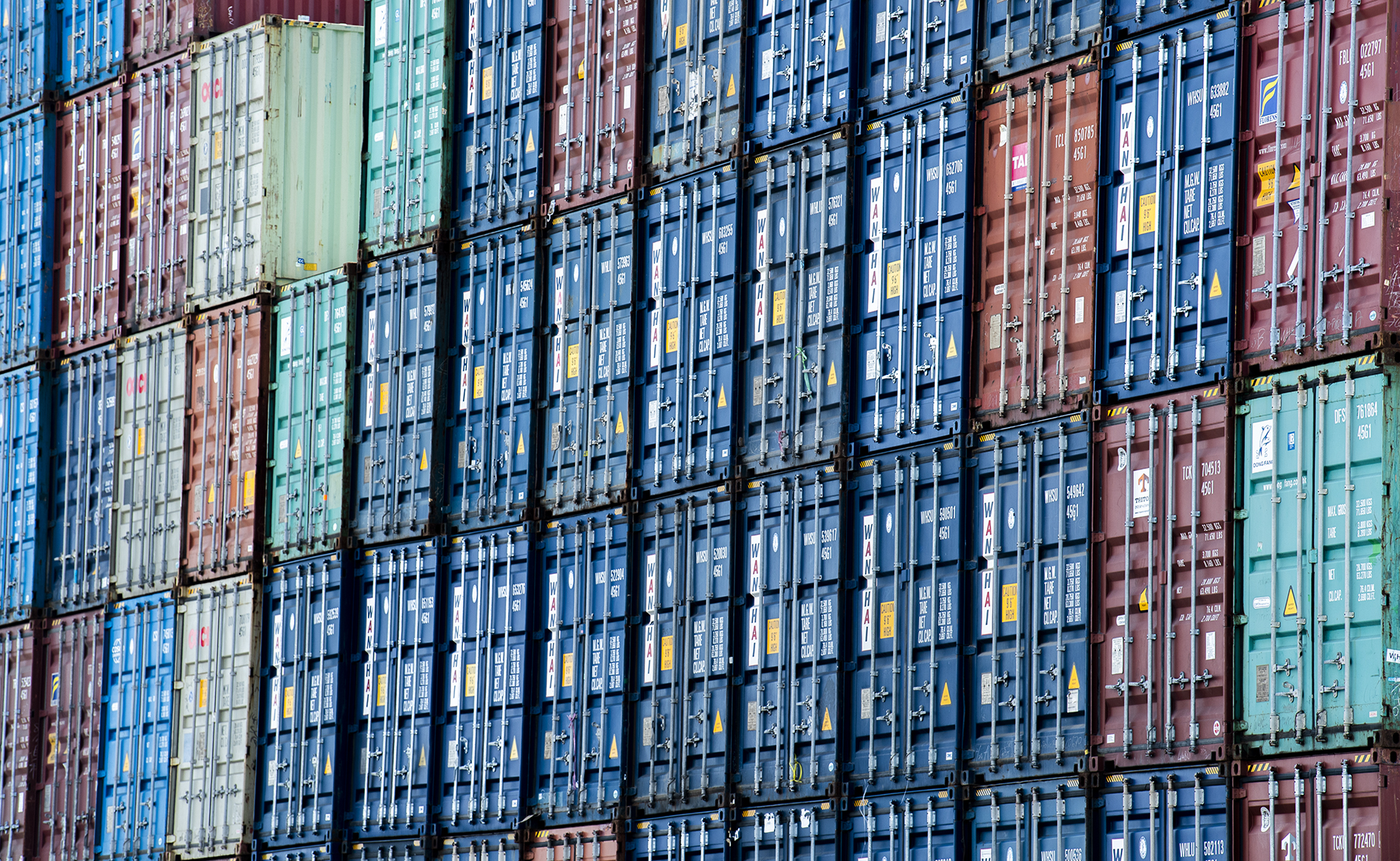
Dockworkers and terminal operators moved a record-setting 9.38 million containers in 2021, shattering the previous record of 8.11 million set the year before, port officials announced Wednesday.
In all, the port moved 9,384,368 20-foot equivalent units—the standard measure of a shipping container. The figure marks a 15.7% increase over 2020.
“This incredible milestone was achieved by the skilled workers who keep goods moving through the supply chain as we continue to seek solutions to improve efficiency, attract business and build for the future,” port Executive Director Mario Cordero said in a statement.
Imports increased 14.6% year-over-year to 4,581,846 TEUs, while exports declined 2.6% to 1,437,916 TEUs. Empty container movement skyrocketed 27.5% to 3,364,606 TEUs.
The Port of Los Angeles, meanwhile, moved about 10.7 million TEUs last year, up 13% from 2020, which was a record-setting year. Combined the ports moved over 20 million TUEs, more than any other year in history.
The cargo volume increase was driven by increased e-commerce, which began trending upward more rapidly at the onset of the COVID-19 pandemic in 2020, port officials said. People were traveling and spending on entertainment less, instead increasing hard and soft goods purchases online.
In partnership with the state and federal government, the port of Long Beach and Los Angeles, collectively the largest port complex in the United States by far, took steps to expedite cargo movement amid the backlog, including expanding hours, creating temporary staging areas and encouraging truck drivers to drop off export containers when picking up an import.
The San Pedro Bay ports also announced a surcharge for shippers whose containers linger at docks for extended periods but have delayed its implementation for months citing a 55% decline in aging cargo since late October.
“Decades of development provided the berth space, backland and rail infrastructure to process more cargo than ever before,” Port of LA Executive Director Gene Seroka said in a statement. “In 2021, our marine terminal operators and workforce gave us the ability to move that cargo—from the ships to railcars or out the gates on trucks—and for that we are forever grateful to them.”
Despite their efforts, the surge in e-commerce combined with shortfalls throughout the supply chain resulted in a backlog of ships and containers at the ports, which first began in late 2020 and has persisted into 2022.
As of Wednesday, the container ship backlog for the San Pedro Bay ports was 100 ships deep, including seven waiting within 40 miles of the coast and 93 anchored farther out at sea or slow steaming toward the coast, according to the Marine Exchange of Southern California. The figure is a slight reduction from a record of 105 set last week.
The number of ships near the coast reached a nearly 90 in November, which prompted the Pacific Merchant Shipping Association, Pacific Maritime Association and the Marine Exchange to develop a new queuing system for vessels with the goal to reduce environmental impacts on residents near the ports.
In the long term, California ports are set to receive an influx of billions of dollars for infrastructure and green projects, including rail and electrification. Federal and state governments have announced tens of billions of dollars for ports and Gov. Gavin Newsom and San Pedro Bay port officials have vowed to get their fair share.
The port had 980 container vessel calls last year, compared to 1,042 in 2020, according to officials. The decrease was due to the elimination of “dual calls” for some shipping services that moved up and down the coast due to the backlog.
“The ongoing collaboration with our labor force and industry partners lifted us to this extraordinary record during a challenging time,” Steven Neal, president of the Long Beach Board of Harbor Commissioners, said in a statement. “We anticipate further collaboration in 2022 as we work toward developing immediate and long-term solutions that will alleviate congestion at our Port complex.”
Editor’s note: This story has been updated with data from the Port of Los Angeles.
